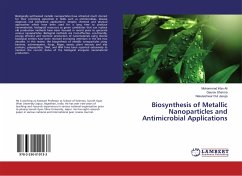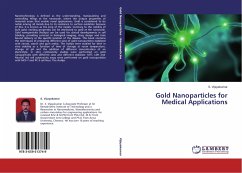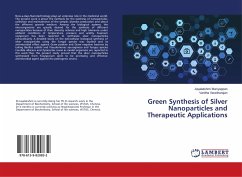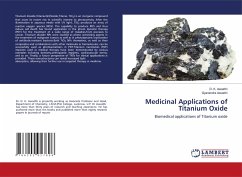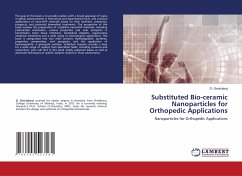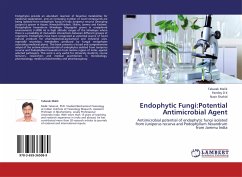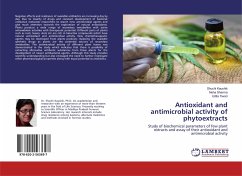Biologically synthesized metallic nanoparticles have attracted much interest for their promising potentials in fields such as antimicrobials, disease diagnosis and biomedical applications. Despite chemical and physical approaches which have been used for a long time to produce nanomaterials, biological resources as green candidates that can replace old production methods have been focused in recent years to generate various nanoparticles. Biological methods are Cost-effective, eco-friendly, energy efficient and nontoxic production of nanomaterials using diverse biological entities have been received increasing attention in the last two decades. In this review, the biosynthesis of metallic nanoparticles using bacteria, actinomycetes, fungi, Algae, yeasts, plant extracts and also proteins, polypeptides, DNA, and RNA have been reported extensively to mention the current status of the biological inorganic nanomaterial production.
Bitte wählen Sie Ihr Anliegen aus.
Rechnungen
Retourenschein anfordern
Bestellstatus
Storno

